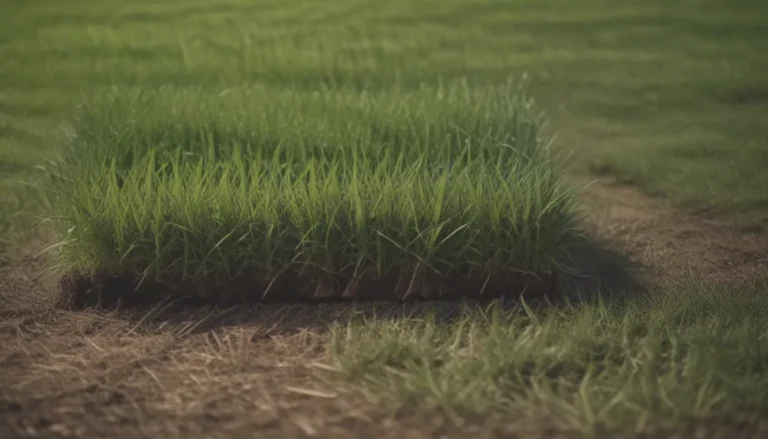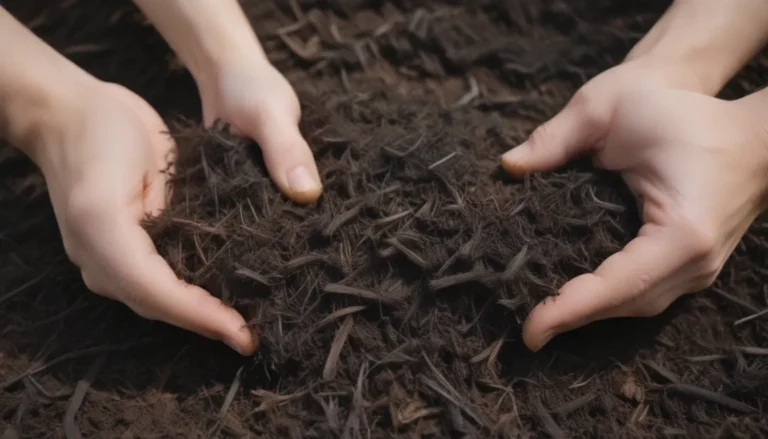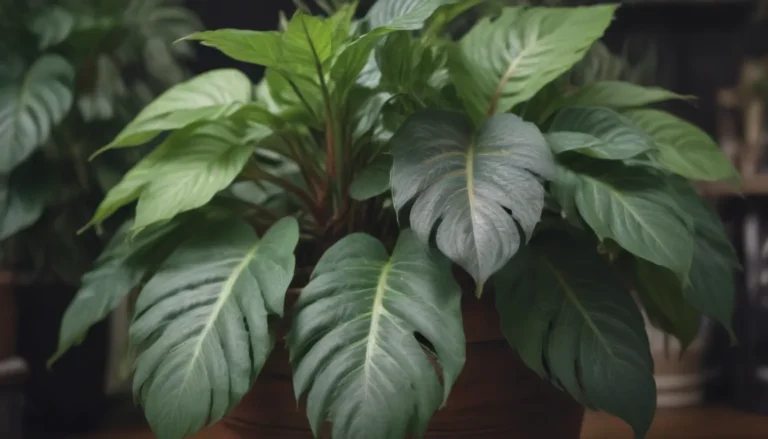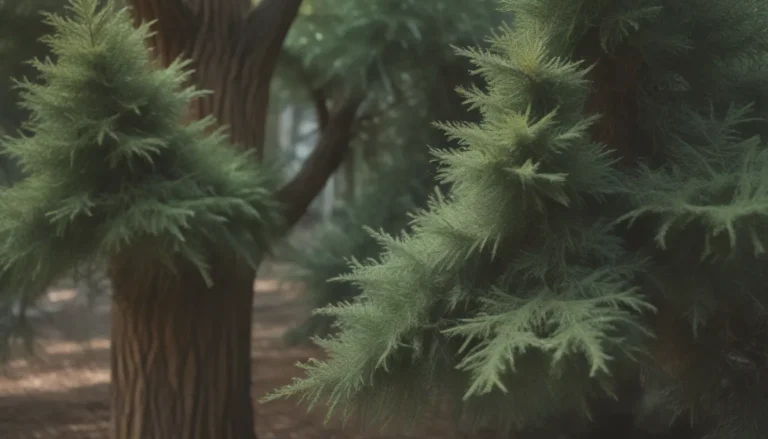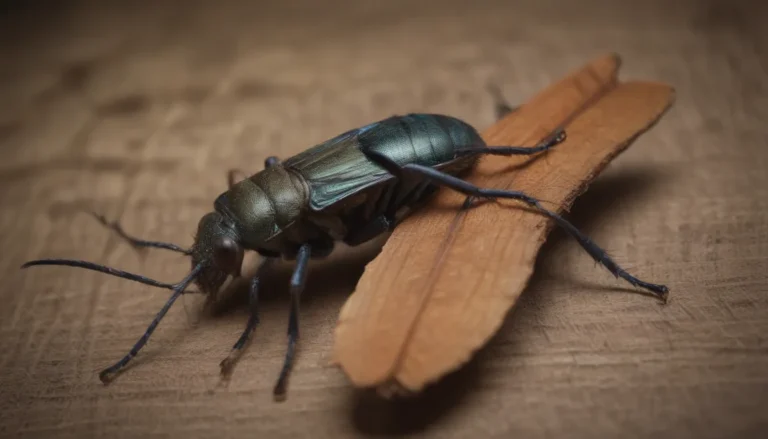Why Leaf-Cutter Bees Are Essential Pollinators to Invite into Your Garden
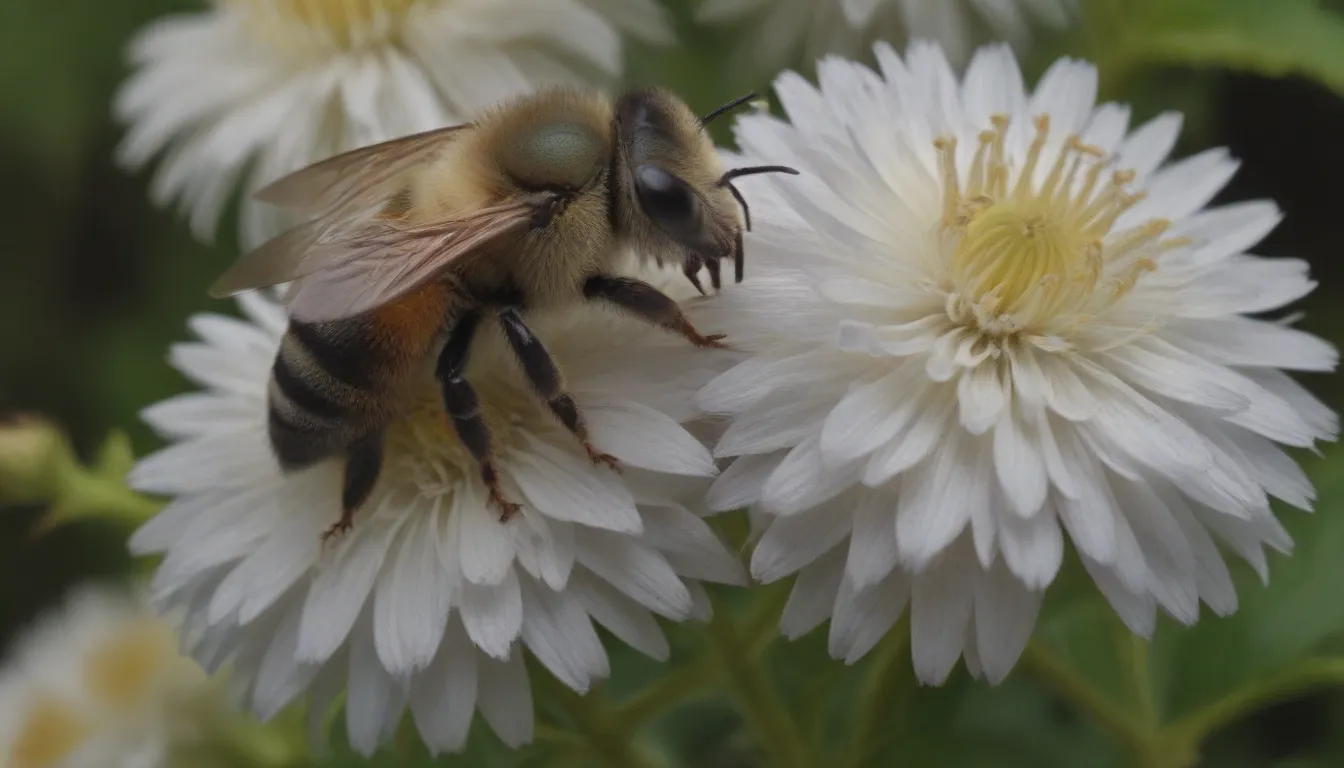
Are you looking to enhance your garden’s ecosystem and promote pollination to help your plants thrive? If so, attracting leaf-cutter bees might just be the answer you’ve been looking for. Leaf-cutter bees, also known as leaf-cutting bees, belong to the Megachilidae family, and they play a crucial role in pollinating various plants, including wildflowers, squash, melons, peas, and other summer fruits and vegetables. In this comprehensive guide, we will explore why leaf-cutter bees are so important, how to identify them, their fascinating life cycle, habitat, and most importantly, how you can attract these beneficial insects to your garden to help maintain a healthy ecosystem.
Why Should You Attract Leaf-Cutter Bees?
Leaf-cutter bees are incredibly efficient pollinators and are known for their ability to pollinate a wide range of plants, making them an essential component of any garden ecosystem.
- They are one of the most important pollinators for a variety of plants, including crops like blueberries, onions, carrots, and alfalfa.
- They can significantly increase the yield and quality of fruits and vegetables in your garden through their pollination activities.
- Unlike other bees, wasps, and hornets, leaf-cutter bees are non-aggressive and will only sting if handled, making them safe to have around your garden.
How to Identify Leaf-Cutter Bees
If you spot a black bee approximately the size of a honeybee buzzing around a flowering plant in your yard, chances are you’ve come across a leaf-cutter bee. Here’s how you can identify these beneficial insects:
- Leaf-cutter bees are black and furry, similar in size to honeybees, which are brown-black and yellow-striped.
- The female leaf-cutter bee collects and transports pollen in hair-like structures on the underside of her abdomen instead of in “baskets” on her rear legs, giving her abdomen a yellow or golden appearance from the pollen.
The Life Cycle and Habitat of Leaf-Cutter Bees
Life Cycle
Understanding the life cycle of leaf-cutter bees is essential in creating a welcoming environment for them in your garden. Here’s a brief overview:
- Leaf-cutter bees mate in the spring, after which males die, while females search for nesting sites.
- Females build their nests in small rotted wood cavities, snail shells, dry soil, or man-made objects from late spring to late summer.
- Larvae emerge in the fall, feed on stored food in the nest, pupate over the winter, and emerge as adult bees in the spring to continue the cycle.
Habitat
Leaf-cutter bees are solitary insects that do not live in colonies with a queen. Each female bee constructs her own nest to raise her brood, following specific steps:
- Chewing circular pieces from leaves or petals, the female creates cells shaped like a thimble for each larva.
- Nests can contain up to 20 cells, tightly packed together, with each cell holding a single egg.
- After laying eggs and providing food for the larvae, the female seals each cell with chewed-up leaves before moving on to the next cell.
How to Attract Leaf-Cutter Bees to Your Garden
Now that you’ve learned about the importance of leaf-cutter bees and how to identify them, let’s explore how you can attract these beneficial pollinators to your garden:
- Consider providing suitable nesting sites by leaving rotting tree stumps or creating a leaf-cutter bee hotel.
- Building a leaf-cutter bee hotel is a fun and educational project that you can involve children in to observe the nesting process.
- Be mindful of parasitoids like wasps, beetles, and ants that may pose a threat to leaf-cutter bee nests.
- Protect prized plants from leaf-cutter bees by using floating row covers, cheesecloth, or dense netting until the nesting season is over.
Conclusion
In conclusion, leaf-cutter bees are essential pollinators that can significantly benefit your garden’s ecosystem by increasing pollination and overall plant health. By understanding their life cycle, habitat, and how to attract them to your garden, you can create a thriving environment that supports these valuable insects. So, next time you see a black bee buzzing around your flowers, remember that it could be a leaf-cutter bee working diligently to pollinate your plants and contribute to a bountiful harvest. Embrace these beneficial pollinators and watch your garden flourish with their help!
